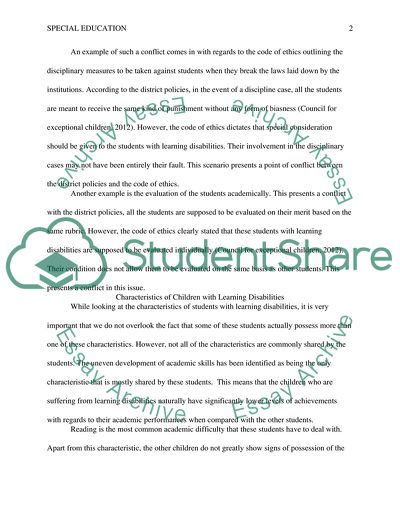Cite this document
(“What Special Educators Need to Know about Students with Learning Research Paper - 1”, n.d.)
What Special Educators Need to Know about Students with Learning Research Paper - 1. Retrieved from https://studentshare.org/education/1769287-special-education
What Special Educators Need to Know about Students with Learning Research Paper - 1. Retrieved from https://studentshare.org/education/1769287-special-education
(What Special Educators Need to Know about Students With Learning Research Paper - 1)
What Special Educators Need to Know about Students With Learning Research Paper - 1. https://studentshare.org/education/1769287-special-education.
What Special Educators Need to Know about Students With Learning Research Paper - 1. https://studentshare.org/education/1769287-special-education.
“What Special Educators Need to Know about Students With Learning Research Paper - 1”, n.d. https://studentshare.org/education/1769287-special-education.


